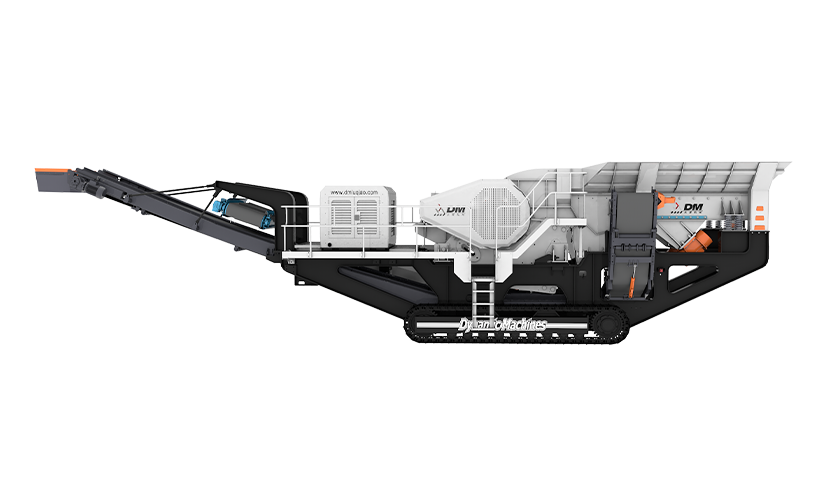Machinery Weight 55-72t
Max Feeding size(mm) ≤700mm
Hopper Volume(m³) /
Load Distribution Considerations in Mobile Crusher Deployment
Mobile Impact Crusher Factory equipment is designed with portability and operational flexibility in mind, but one key concern during deployment is the surface on which it operates. These machines are typically large, heavy-duty units that exert considerable pressure on the ground due to their structural weight and the dynamic forces generated during crushing operations. While they are engineered for mobility, the ground-bearing capacity of the operational site must still be assessed before installation. Most mobile crushers are equipped with tracked or wheeled systems that help distribute their weight more evenly, yet overly soft, muddy, or unstable ground may require reinforcement, such as steel plates or compacted gravel bases, to prevent sinking or tilting during use.

Surface Type and Roadway Strength Requirements
Before relocating or operating a mobile crusher, it is important to evaluate the roadways or access routes causing the site. For units from a Mobile Impact Crusher Factory, which can weigh several tons, unpaved or narrow roads may not be suitable unless they are specifically prepared for heavy equipment. In many cases, access paths must be graded, widened, or reinforced to handle the load. During operation, a stable surface such as compacted soil, concrete pads, or industrial-grade gravel is often preferred. These surfaces reduce the risk of damage to both the machine and the ground while improving overall safety and equipment performance.
Hydraulic Stabilizers and Ground Pressure Management
Many mobile impact crushers are equipped with hydraulic stabilizers or leveling systems that can be adjusted to suit the site conditions. These features help reduce localized ground pressure by spreading the load across multiple contact points. For instance, when the crusher is stationed on uneven terrain or soft soil, the stabilizers can be extended to increase the contact area, improving balance and preventing frame deformation. Although these systems are highly effective, they do not eliminate the need for initial site preparation. Ground pressure values for specific machines are usually provided by manufacturers, allowing site engineers to compare them against the soil’s bearing capacity and make informed setup decisions.
Operational Movement and Ground Stress Distribution
In addition to the static load when the machine is idle, mobile crushers impose dynamic loads during movement and crushing cycles. The vibration generated by the impact mechanism, material loading, and discharge operations can all affect ground stability. Repeated movements, especially in confined spaces or weak soil conditions, can cause compaction or surface damage. To reduce these effects, operators often restrict unnecessary machine movement once positioned and use remote control features or conveyors to manage material handling over larger areas without relocating the entire unit.
Ground Readiness is Critical for Mobile Crusher Safety and Efficiency
While mobile impact crushers are built for versatile operation, including remote and rugged locations, their performance and safety are heavily dependent on appropriate ground and surface preparation. Understanding and managing ground load, surface composition, and access route conditions are essential steps in ensuring smooth operation. By assessing these factors in advance, site managers can prevent equipment damage, improve stability, and uphold safety standards during crushing operations involving machines sourced from a Mobile Impact Crusher Factory.
Machinery Weight 53-62t
Max Feeding size(mm) ≤600mm
Hopper Volume(m³) 80-360t/h
Machinery Weight 55-57t
Max Feeding size(mm) ≤215mm
Hopper Volume(m³) /
Machinery Weight 33-35t
Max Feeding size(mm) 150-400t/h
Hopper Volume(m³) 2.5
Machinery Weight 33t
Max Feeding size(mm) 150-400t/h
Hopper Volume(m³) 7m³
Machinery Weight 54-63t
Max Feeding size(mm) ≤600mm
Hopper Volume(m³) /
Machinery Weight 9.5-75t
Max Feeding size(mm) ≤1000mm
Hopper Volume(m³) 61-1204t/h
Just let we know what you want, and we will get in touch with you as soon as possible!